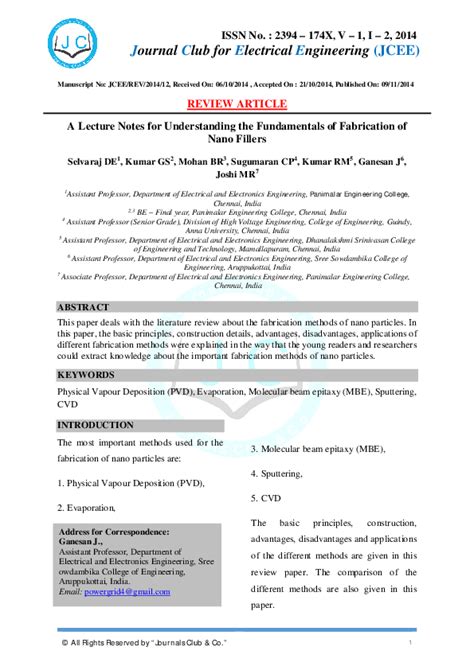Understanding of the foundations of mining: a case of study on Bitcoin
The world of cryptocurrency has exploded in recent years, with many new users who join the ranks every day. Among these new arrivals there is the concept of mining, a fundamental process that supports the operation of cryptocurrencies such as Bitcoin. In this article, we will deepen the foundations of mining and examine more closely how it works, using bitcoin as a study case.
What is Mining?
Mining is the process through which new blockchains blocks are added in exchange for a number of cryptocurrency units, known as “mining coins”. The term “mining” derives from the idea that miners use powerful computers to solve complex mathematical enigmas, validating transactions and creating new blocks in the blockchain. This process requires significant computational power, which is why it is often called “cryptocurrency extraction”.
The advantages of mining

Mining offers several advantages to both individuals and organizations:
- Security : The decentralized nature of the cryptocurrency makes it practically impossible for a single entity to manipulate the network or control transactions.
- Decentralized governance : voting on new blocks, miners play a crucial role in modeling the direction of the blockchain.
- Limited supply : cryptocurrencies have a limited supply, which helps to maintain their value and encourage the participation of new users.
How does mining work?
The mining process provides for several key components:
- Taxation of transactions : miners receive transactions from users to be added to the blockchain. These transactions are verified by the nodes on the network.
- Block creation : the miner who receives the most confirmed transactions and adds them to a block together creates a new block.
- Hash function: miners use complex mathematical algorithms, known as “hash functions”, to create a unique digital imprint for each block. This guarantees that only valid blocks can be added to the blockchain.
The role of cryptocurrency mining in bitcoin
Bitcoin was one of the first cryptocurrencies to use mining technology. In fact, it is still possible to extract Bitcoin today using powerful computers and specialized hardware. The process provides:
- Mining software : miners use dedicated software to solve complex mathematical puzzles.
- Pool configuration
: miners often join a swimming pool to increase their possibilities to solve the puzzle over time.
- Block reward : When a miner resolves the puzzle, they are rewarded with Bitcoin just coined.
Study houses: Mining energy consumption
To put in perspective the aspect of energy consumption, let’s take a look at some numbers:
- A single bitcoin requires about 10 kWh of electricity to work for an hour.
- According to estimates, it would take about 15,000 hours (or about 1,250 days) to extract a bitcoin using a standard computer.
- On the contrary, the energy consumption required for a single mining bitcoin operation can be between 0.2 kWh per minute.
Conclusion
Mining is a fundamental aspect of the cryptocurrency operation, which allows you to add new blockchains blocks and maintain its decentralized nature. By understanding how mining works, we can appreciate complexity and refinement behind this technology. Although it may require significant computational power, the advantages of mining – safety, decentralization and limited supply – make it an interesting option for users interested in participating in the cryptocurrency ecosystem.
While the world of cryptocurrency continues to evolve, the role of mining will probably remain a crucial part of its functioning. Whether you are an expert user who have just started, understanding the foundations of mining can help you navigate in this complex panorama with greater trust and intuition.

